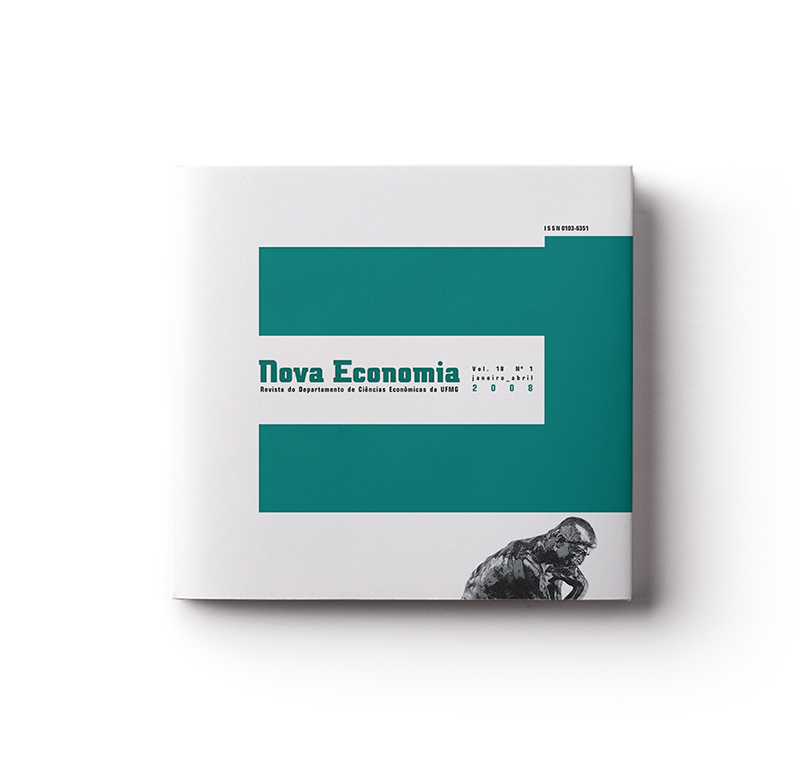O porto de São Francisco do Sul na dinâmica regional catarinense
Keywords:
Port of São Francisco do Sul,Abstract
The objective of this article is to argue for the insertion of the port of São Francisco do Sul into the regional dynamics of the state of Santa Catarina with emphasis on the answers given by the port to the specialization, diversification and integration of the state’s economy. Besides the introduction and final consideration, the text is divided into three parts. The first part examines the construction, the improvements and expansion plans. This topic looks at the frustrated attempts to build the newport, legal concessions, its creation as an organized port, investments made for Petrobras and the state government, and constant bottlenecks in port structure. After that, the port load movement from since the beginning of the 20th century will be presented, as a long term historical series. And finally, an economic history periodization of the port of São Francisco do Sul will be presented, beginning in 1908, when the first study for the construction of the new port was carried out.Downloads
Published
2009-06-05
How to Cite
GOULARTI FILHO, A. O porto de São Francisco do Sul na dinâmica regional catarinense. Nova Economia, [S. l.], v. 18, n. 1, 2009. Disponível em: https://revistas.face.ufmg.br/index.php/novaeconomia/article/view/499. Acesso em: 24 dec. 2025.
Issue
Section
Regular Issue
License
Authors who publish with this journal agree to the following terms:
- Authors retain copyright and grant the journal right of first publication with the work simultaneously licensed under a Creative Commons Attribution 4.0 International License that allows others to share the work with an acknowledgement of the work's authorship and initial publication in this journal.
- Authors are able to enter into separate, additional contractual arrangements for the non-exclusive distribution of the journal's published version of the work (e.g., post it to an institutional repository or publish it in a book), with an acknowledgement of its initial publication in this journal.
- Authors are permitted and encouraged to post their work online (e.g., in institutional repositories or on their website) prior to and during the submission process, as it can lead to productive exchanges, as well as earlier and greater citation of published work (See The Effect of Open Access).




